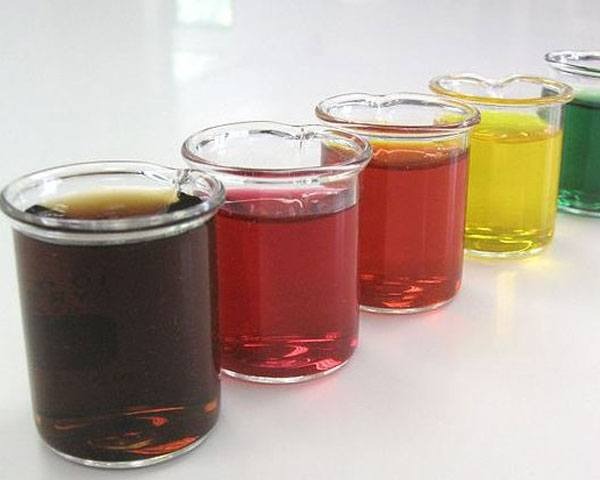The Food Color Effect
Would you eat purple cheese if it still tasted the same? What about blue macaroni? According to University of Oxford experimental psychologist Charles Spence, odds are you only would in the dark.
After conducting research on multisensory perception for years, he has concluded that vision plays a key role in taste perception. "Half the brain is visual in some sense versus just a few percent for overall taste senses," Spence told the Guardian. "So in cortical real estate, vision is always going to win."
His beliefs proved true in several of his studies. After handing out Smarties to Oxford University students and asking how each color tasted, students reported that colors tasted similar to certain fruits, even though all U.K. Smarties, except for orange, taste the same. "There's research showing that if you get the color of a fruit drink right, you can take 11 percent of the sugar out and people will not be able to taste the difference," Spence explained to BBC Focus Magazine in 2009.
Spence has also duped a notable Spanish wine taster into believing that a red dyed white wine was in fact, red wine. "In the end, though, his struggle seemed to be about which particular red-berry fruit flavor it was that he could detect in the wine," Spence told the Guardian.
Not only does food coloring affect taste perception, but Spence has also found that dish colors and package designs also have a prominent effect on taste. Spence and fellow researcher, Betina Piqueras-Fiszman, conducted a study on cup color's effect on the taste of hot chocolate. After serving subjects hot chocolate in orange, red, white, and dark cream colored cups with white interiors, they ultimately found that the "orange and dark-cream colored cups enhanced the chocolate flavor of the drink and consequently improved people's acceptance of the beverage," according to Beverage Daily.
The Guardian also reported that Spence has deceived his subjects' taste buds by switching product packets as well. After changing the packing of salt and vinegar chips, he fooled people into thinking that they were actually cheese and onion flavor.
Spence's studies have been supported by several others out there including a study in the Journal of Consumer Research, a study conducted at Cornell University, another report on the color of odors, and a German study on the relation between lighting and wine flavor.
Skyler Bouchard is a junior writer for the Daily Meal. Follow her on twitter at @skylerbouchard.
